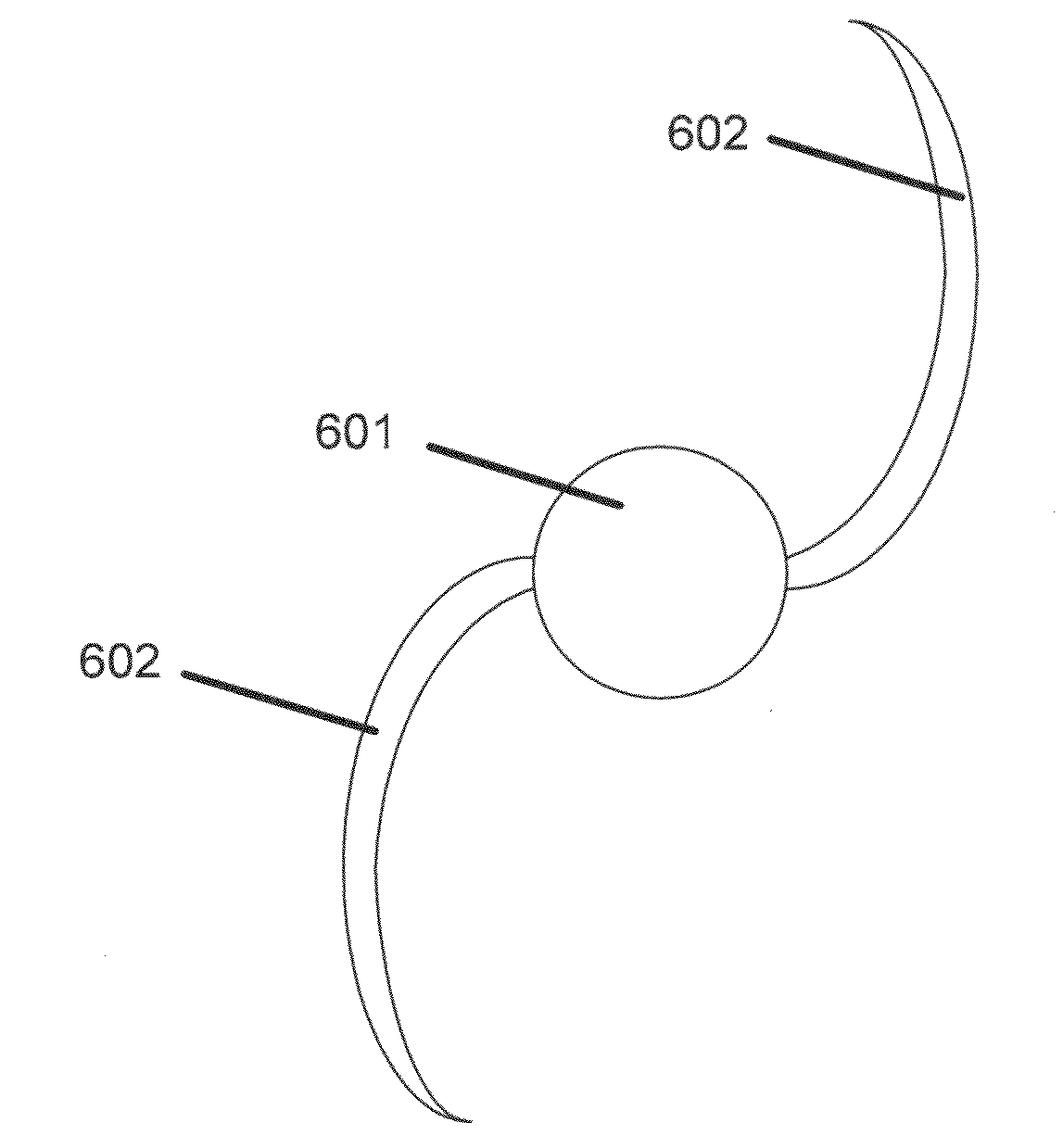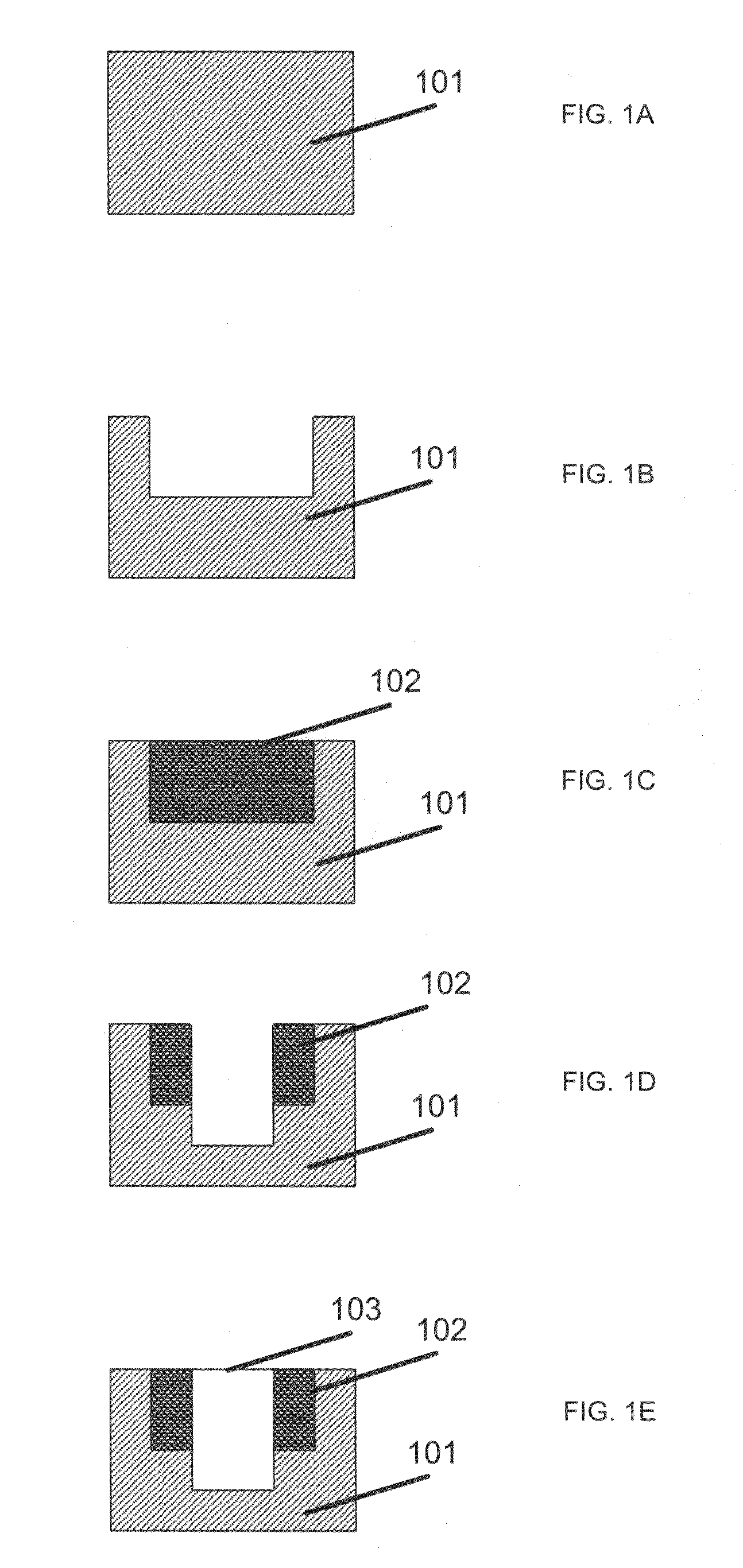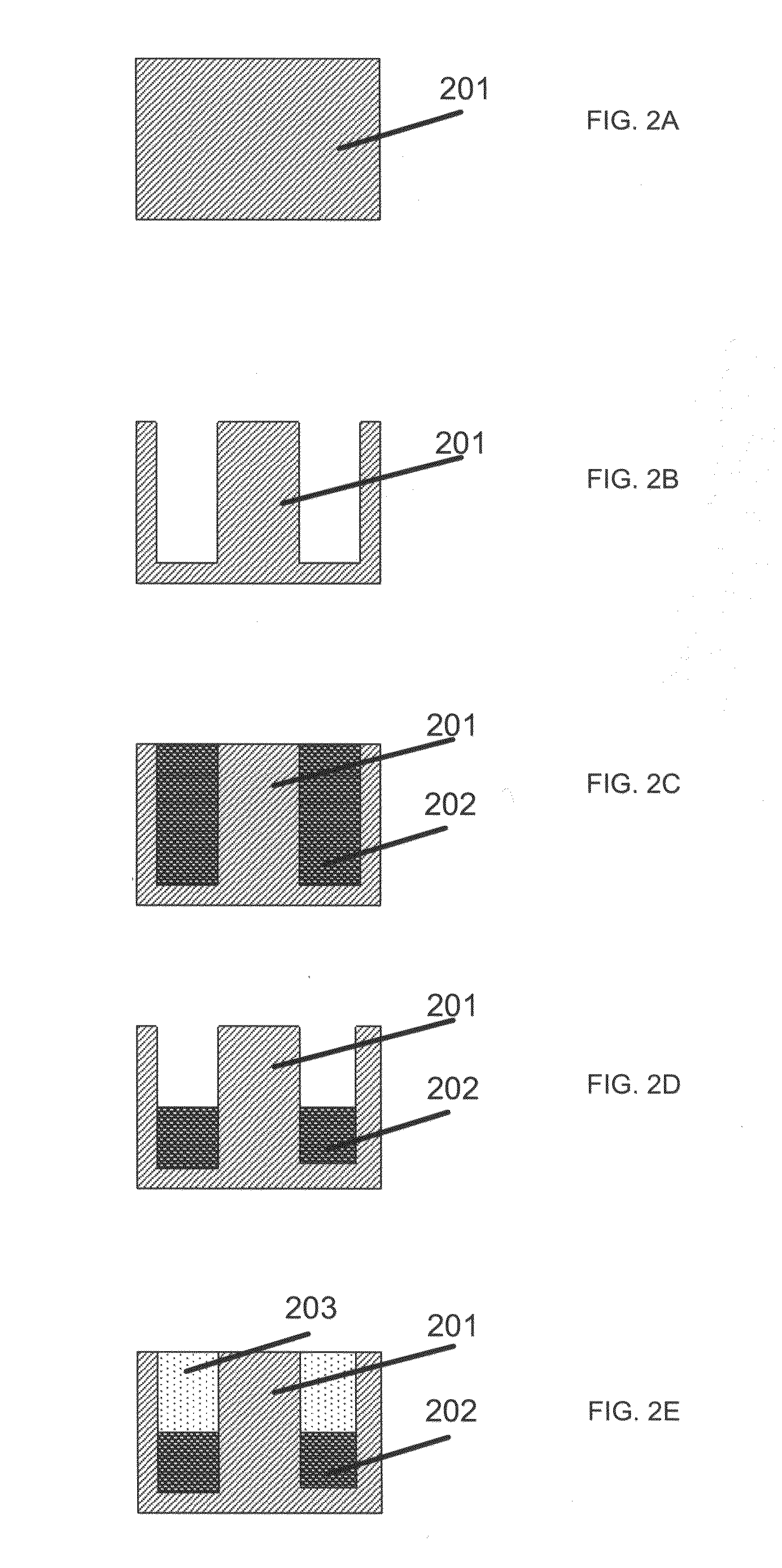Intraocular lenses with high contrast haptics, materials, and methods
a technology of haptics and intraocular lenses, applied in the field of improved intraocular lenses, can solve the problems of optical problems and possible tissue interaction problems, the design intention may not be realized, and the potential for unwanted and potentially harmful interactions between the intraocular lens and the iris or ciliary body
- Summary
- Abstract
- Description
- Claims
- Application Information
AI Technical Summary
Benefits of technology
Problems solved by technology
Method used
Image
Examples
working examples
Example 1
[0091]A clear lens blank with a diameter of 12.7 mm and a thickness of 3.00 mm was placed in a cryo-lathe and a ring space was milled around the optic (diameter of 6.00 mm) to a depth of 2.50 mm. 75 mL of 2-hydroxyethyl methacrylate (HEMA), 25 mL methyl methacrylate (MMA), and sufficient ethylene glycol dimethacrylate (EGDMA) to provide a 1.5 wt % loading were mixed together in a propeller mixer for 30 minutes. Sufficient amounts of IRGACURE 2959 (Ciba / BASF) and IRGACURE 819 (Ciba / BASF) photoinitiators were added to the mixture to provide 1 wt % loadings of each. The mixture was mixed for 30 minutes. Sufficient copper phthalocyanine, CAS Reg. No. 147-14-8, was added to the mixture to provide a 0.45 wt % loading and then stirred with a propeller mixer for 10 minutes. Sufficient titanium dioxide (R-102 by DuPont) was added to the mixture to provide a 1 wt % loading and the mixture was stirred for an additional 10 minutes.
[0092]The mixture was then processed using a Microfluid...
PUM
| Property | Measurement | Unit |
|---|---|---|
| particle size | aaaaa | aaaaa |
| thickness | aaaaa | aaaaa |
| depth | aaaaa | aaaaa |
Abstract
Description
Claims
Application Information
 Login to View More
Login to View More - R&D
- Intellectual Property
- Life Sciences
- Materials
- Tech Scout
- Unparalleled Data Quality
- Higher Quality Content
- 60% Fewer Hallucinations
Browse by: Latest US Patents, China's latest patents, Technical Efficacy Thesaurus, Application Domain, Technology Topic, Popular Technical Reports.
© 2025 PatSnap. All rights reserved.Legal|Privacy policy|Modern Slavery Act Transparency Statement|Sitemap|About US| Contact US: help@patsnap.com



